Typhoid vaccine was first licensed in the U.S.
In 1914, the first typhoid vaccine was licensed in the U.S. in 1914. Typhoid immunization was required of…
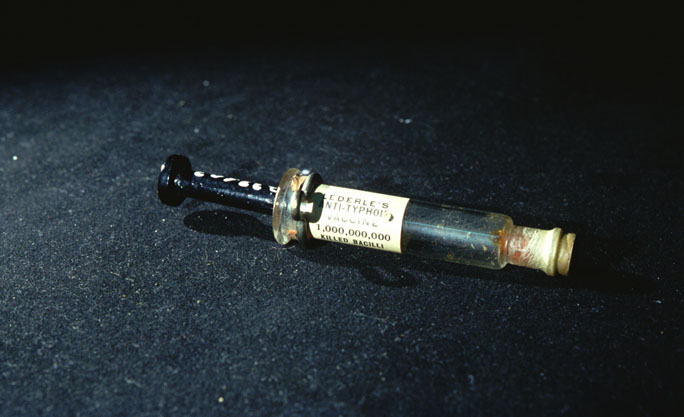
In 1914, the first typhoid vaccine was licensed in the U.S. in 1914. Typhoid immunization was required of…
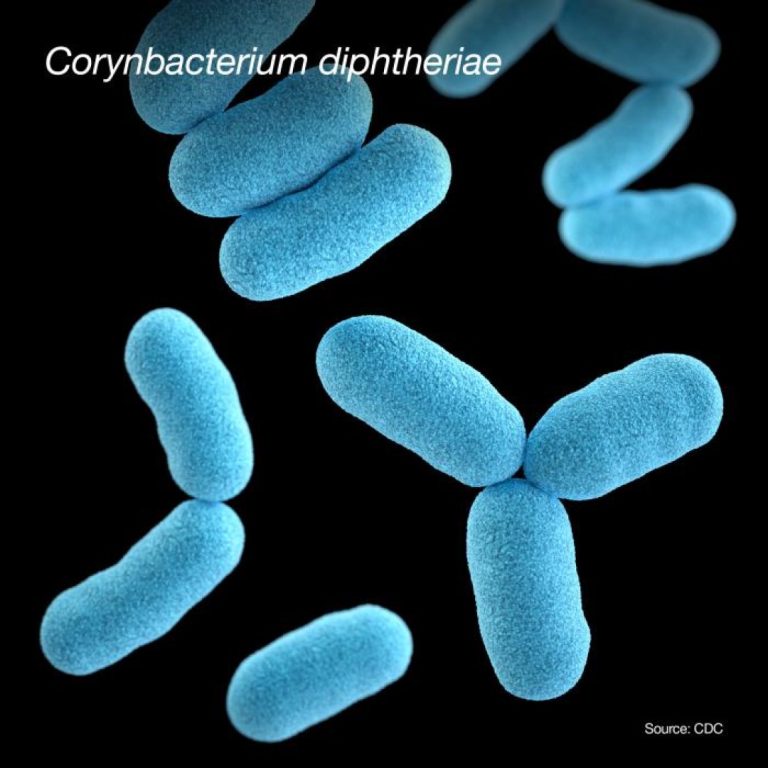
In 1914, the tetanus toxoid was introduced following the development of an effective therapeutic serum against tetanus by…
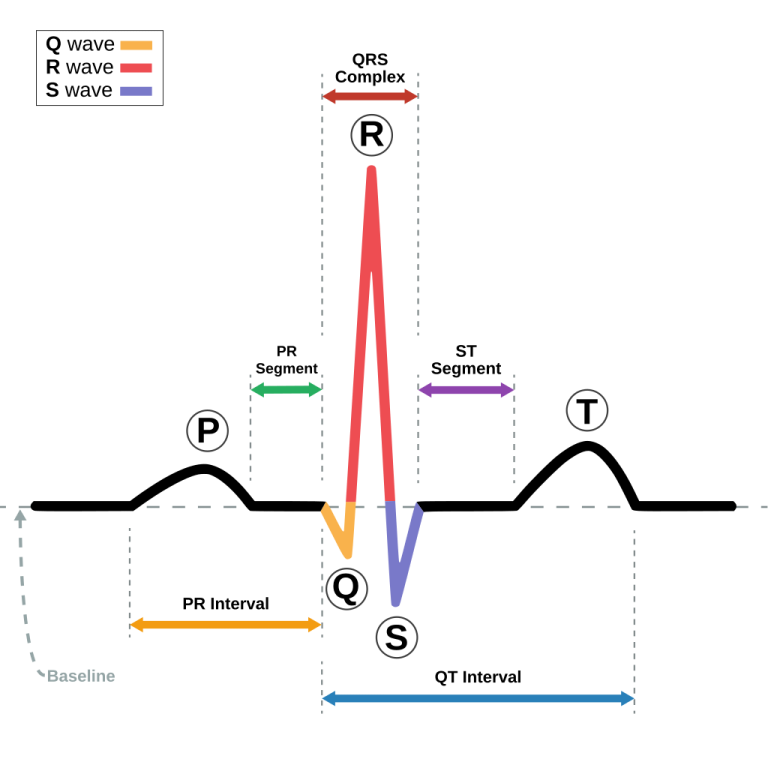
In 1914, at Harvard Medical School, Paul Dudley White introduced the electrocardiograph to the U.S. The original electrocardiograph…
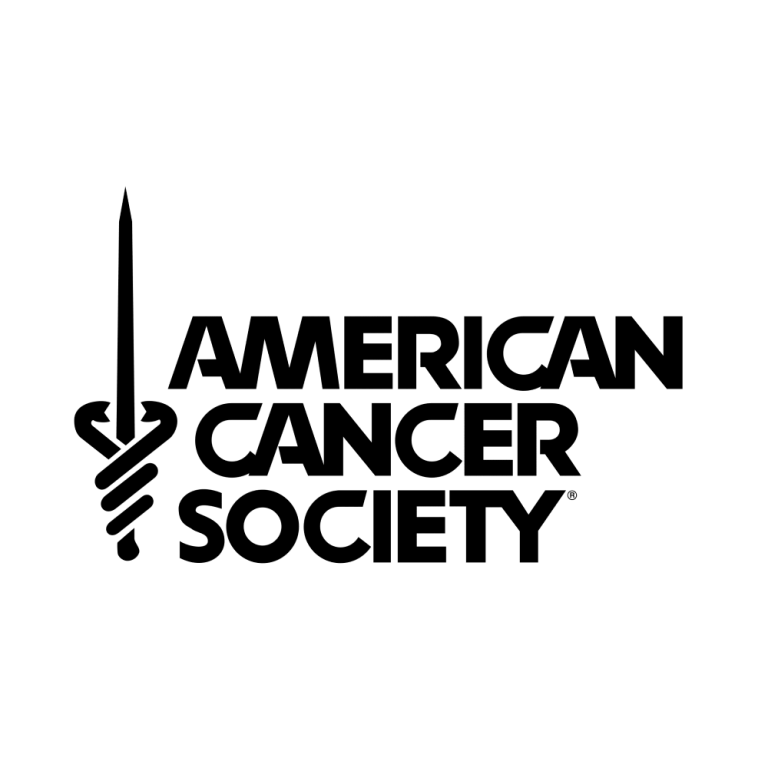
On May 22, 1913, The American Society for the Control of Cancer was created at a meeting of…
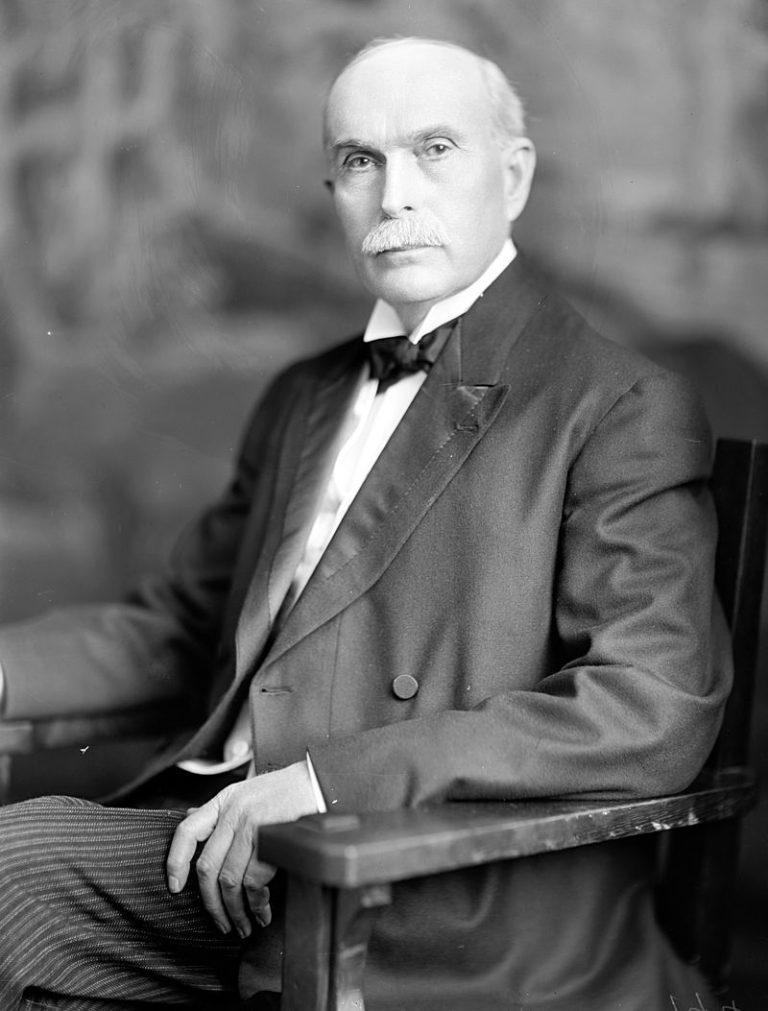
On Mar. 3, 1913, the Gould Amendment, sponsored by Rep. Samuel W. Gould of Maine, which required that…
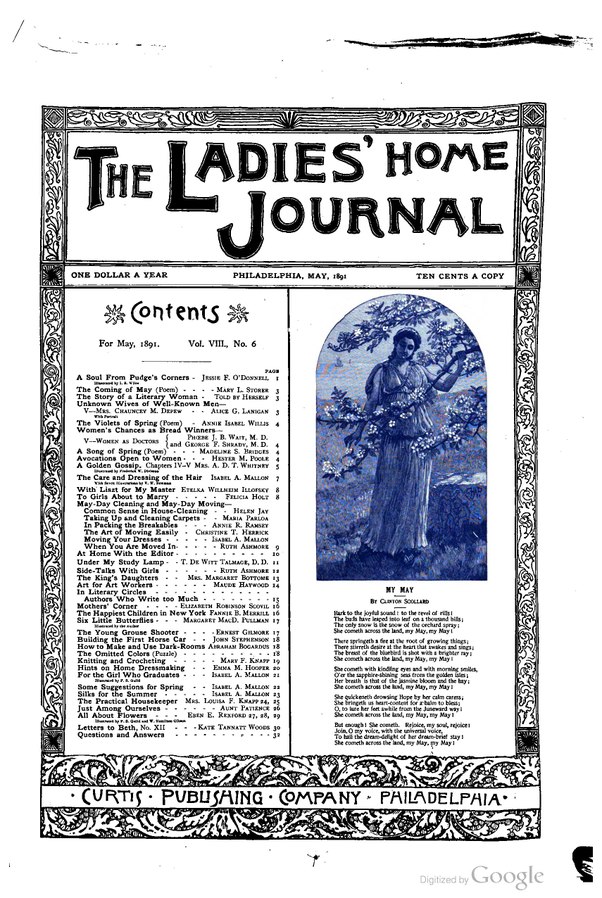
In 1913, the first known article on cancer’s warning signs was published in the popular women’s magazine (Ladies’…
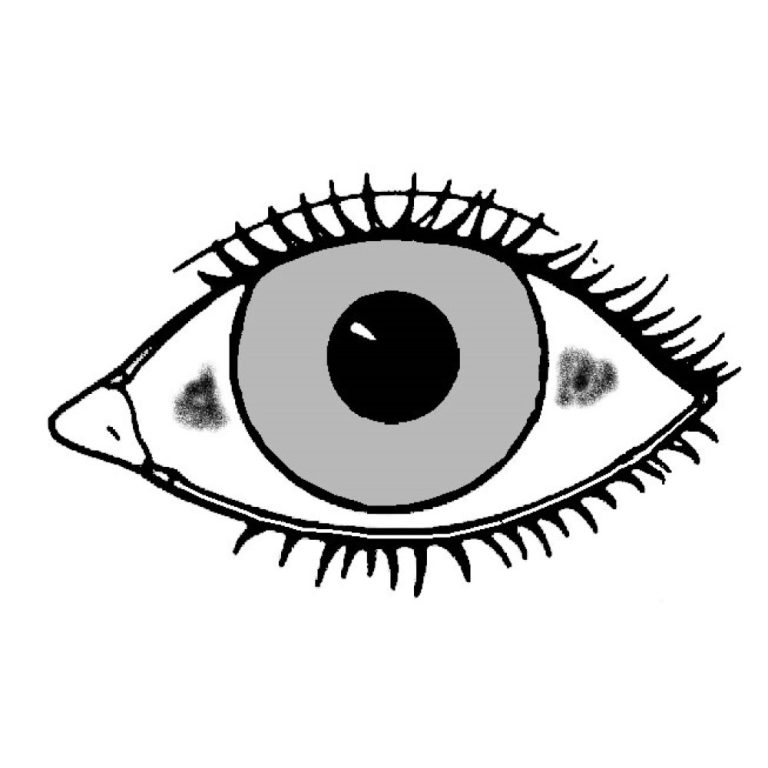
In 1913, Elmer McCollum and Marguerite Davis at the University of Wisconsin-Madison discovered a ‘fat-soluble’ accessory food substance,…
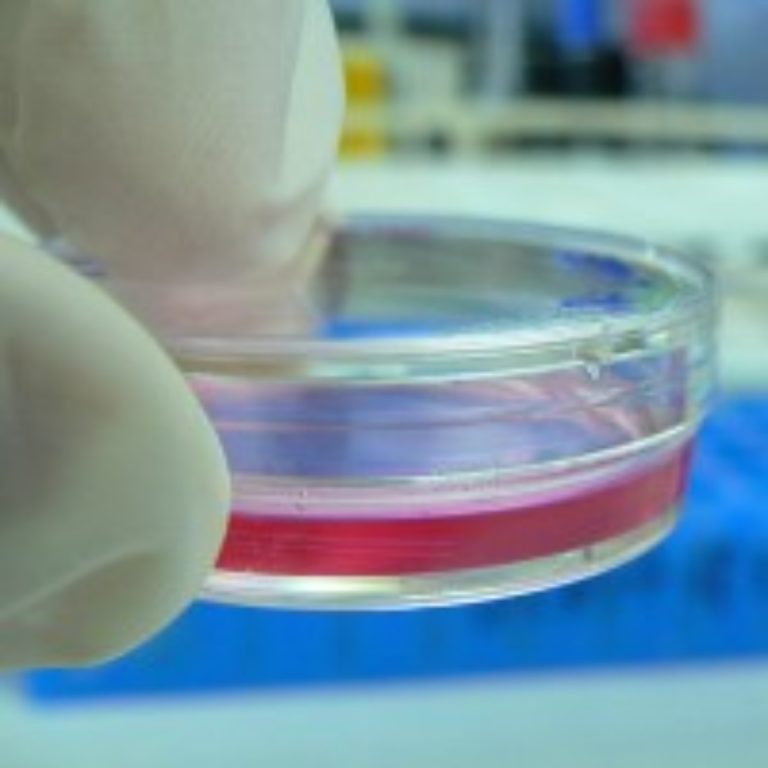
In 1913, for the first time ever, a virus (vaccinia) was grown in cell culture, and then in…
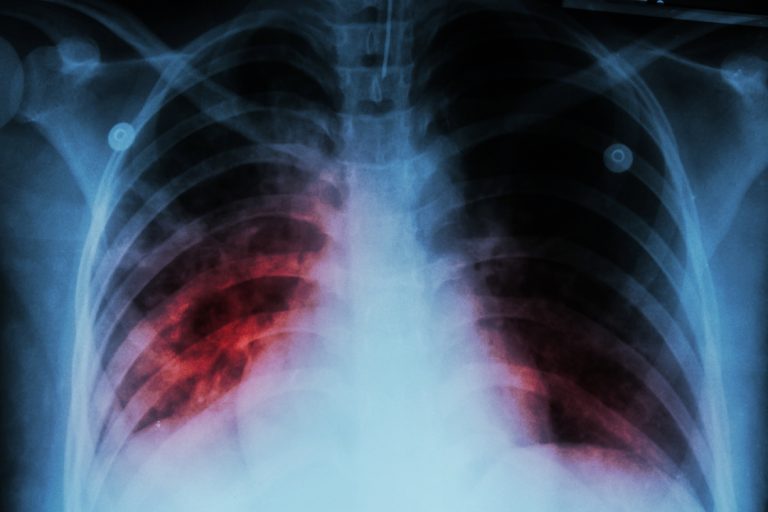
In 1913, a group of volunteers, spurred by compassion to help those afflicted with tuberculosis, established the Jewish…
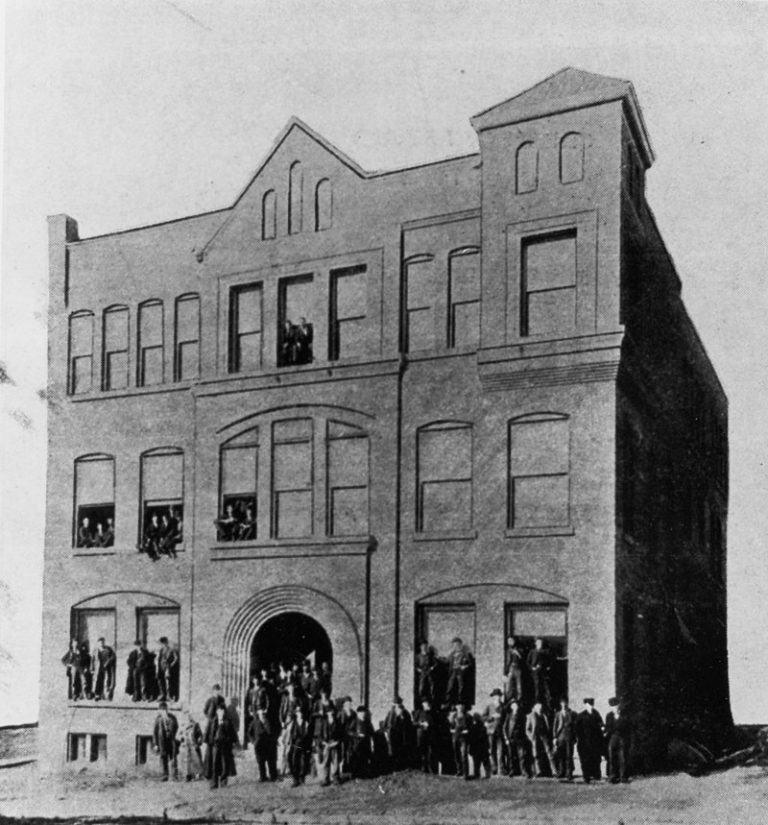
In 1913, the first building on the University of Nebraska Medical College campus, which was designed to house…
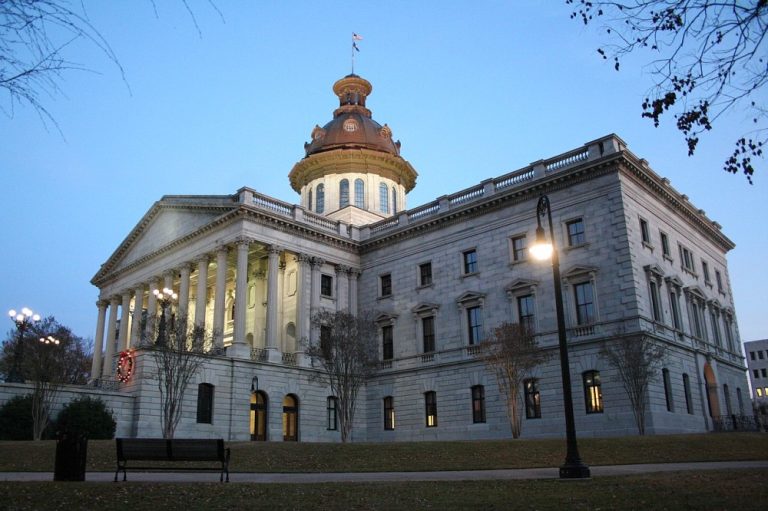
In 1913, the South Carolina General Assembly approved state ownership of the College, appropriating the grand sum of…
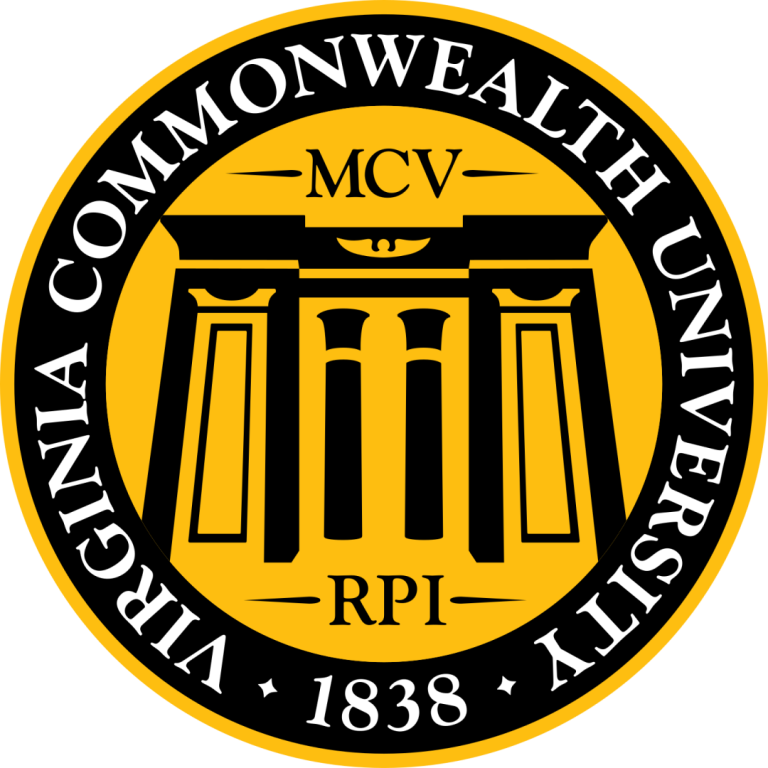
In 1913, the Medical College of Virginia became the first in the country to expand the medical school…
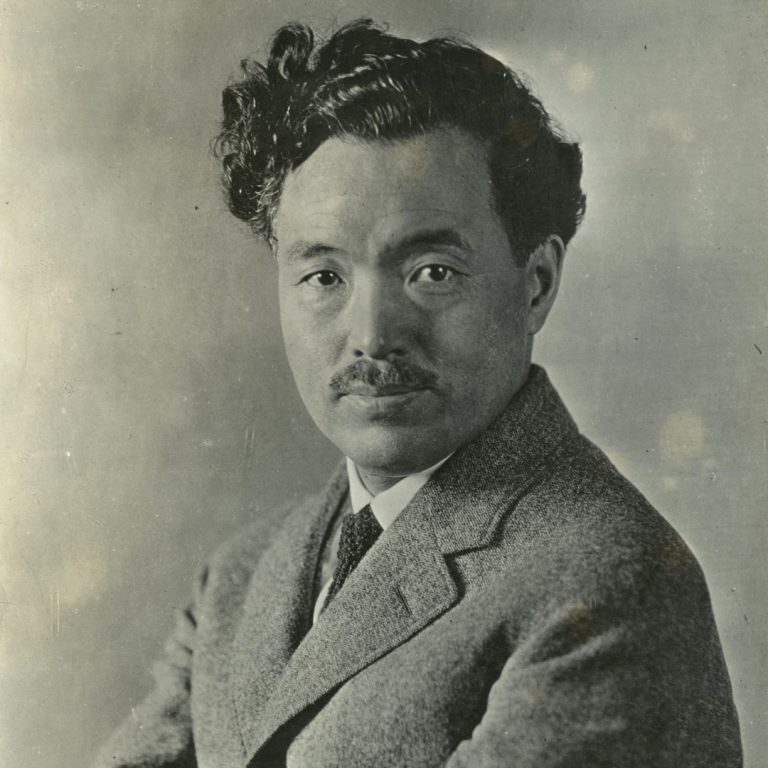
In 1913, Japanese immunologist and bacteriologist Hideyo Noguchi discovered that Treponema pallidum (syphilitic spirochete) was the cause of…
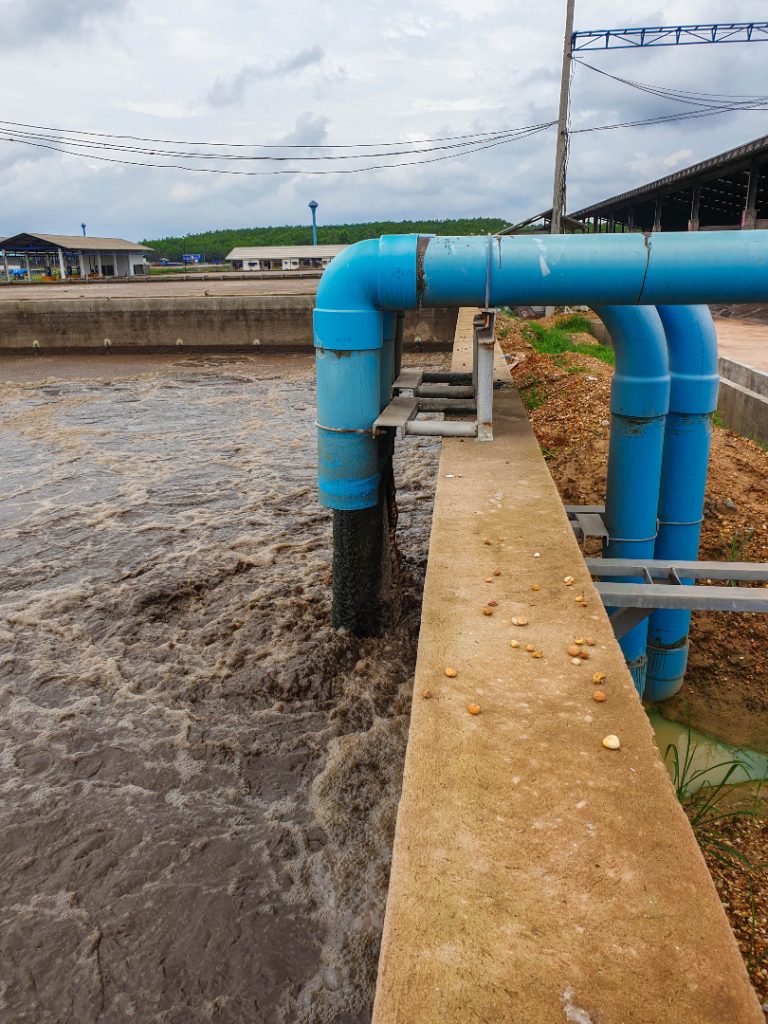
In 1913, Earle B. Phelps in the Division of Chemistry conducted a series of studies on water pollution…
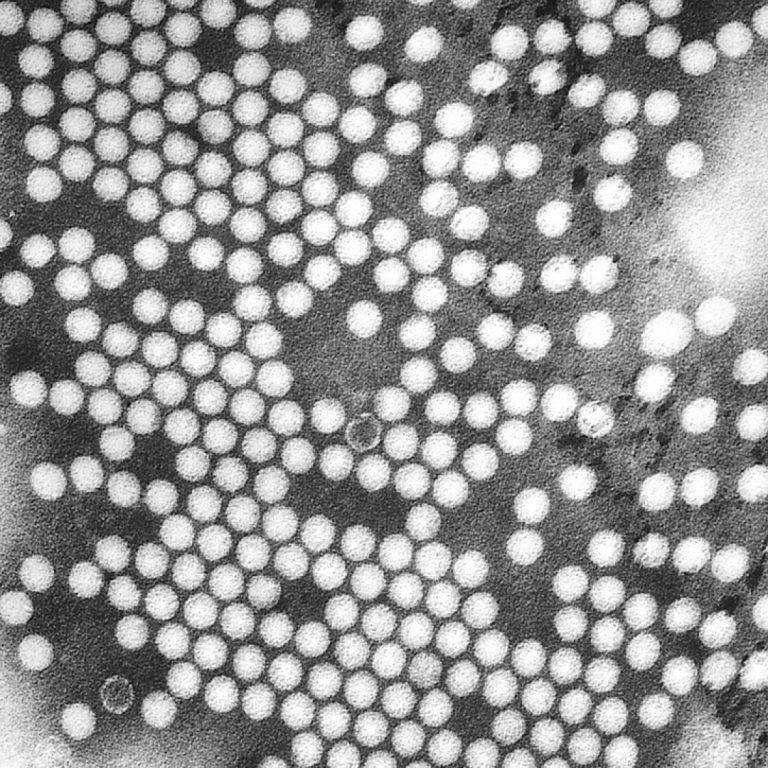
On Nov. 30, 1912, John F. Anderson and Wade H. Frost published “Transmission of Poliomyelitis by Means of…
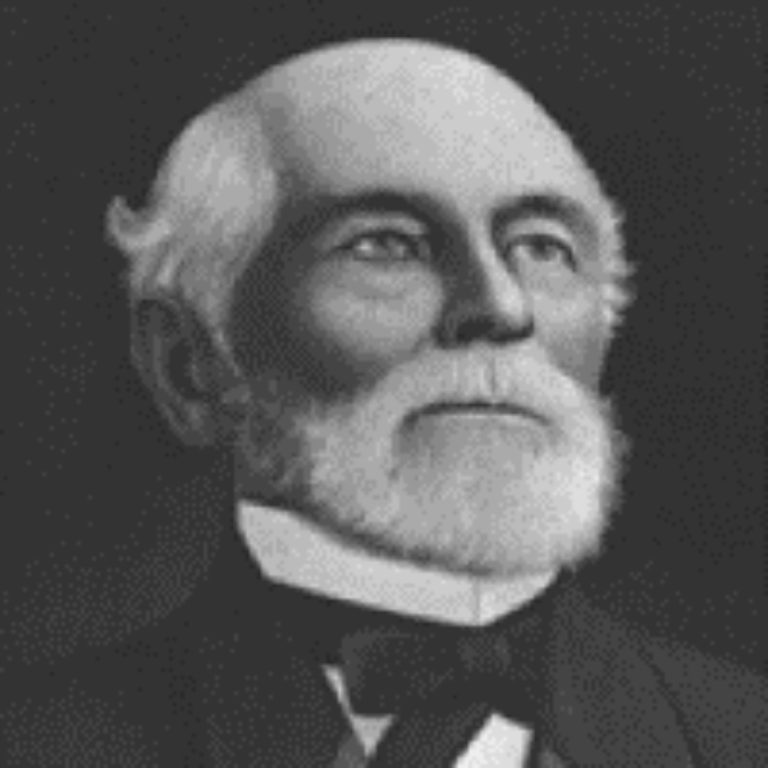
On Sept. 23, 1912, the William Marsh Rice Institute (Rice University) opened its doors on the anniversary date…
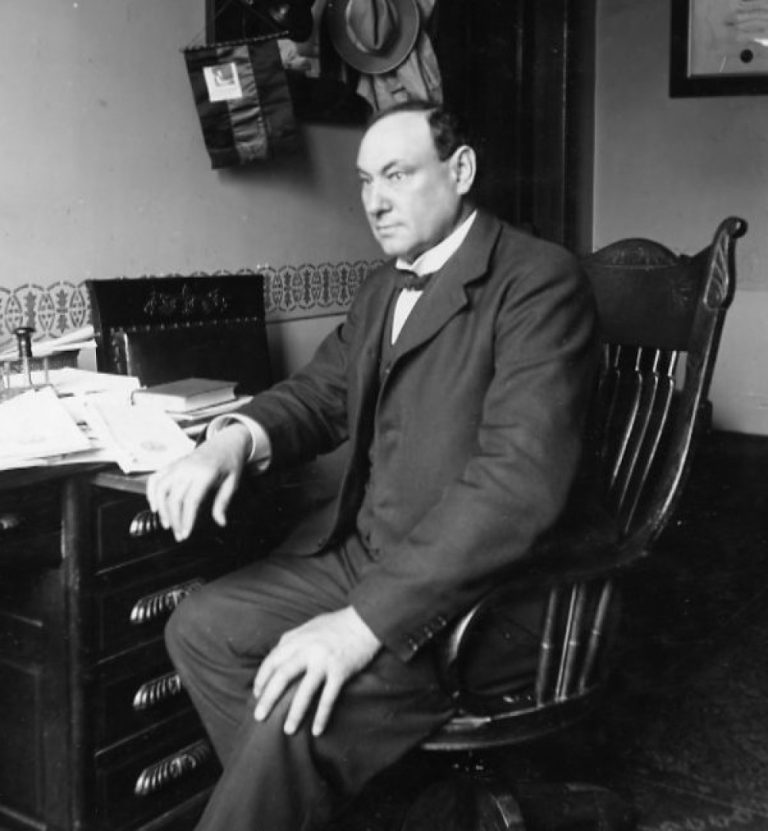
On Mar. 15, 1912, Dr. Harvey Wiley, “Father of the Pure Food and Drugs Act,” resigned as chief…

On Mar. 12, 1912, Seattle voters passed a $125,000 bond issue (82 percent in support) to construct a…
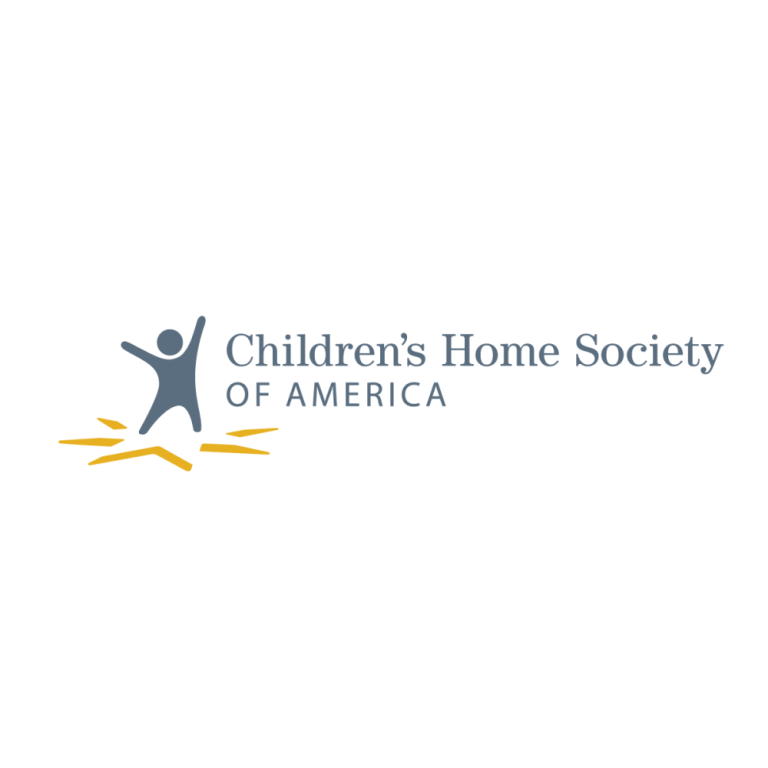
On Mar. 2, 1912, the Arkansas Children’s Home Society, an orphanage for the underprivileged children of Arkansas, was…
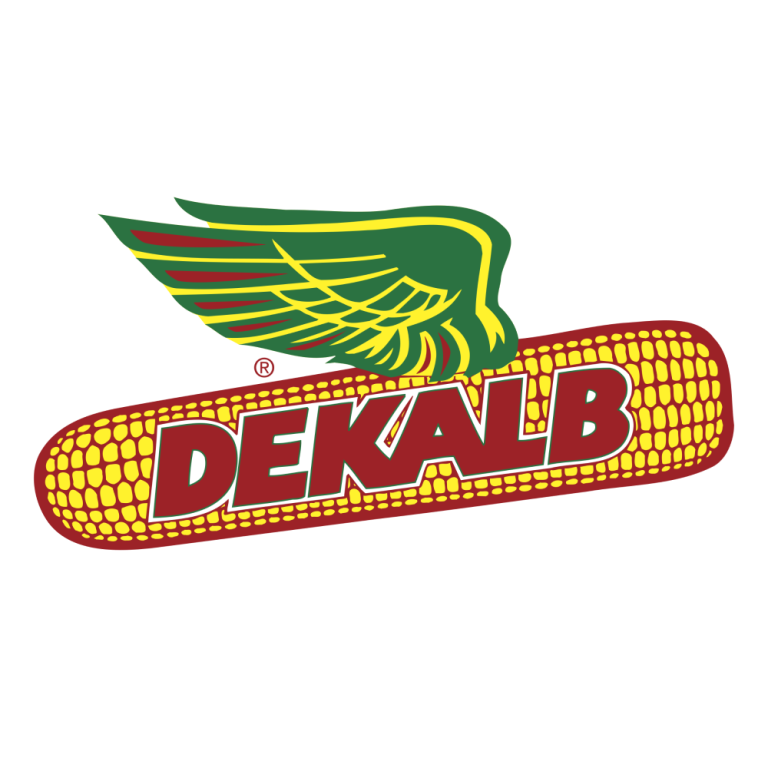
On Jan. 20, 1912, a group of 11 northern Illinois farmers, bankers and county officials laid the foundation…
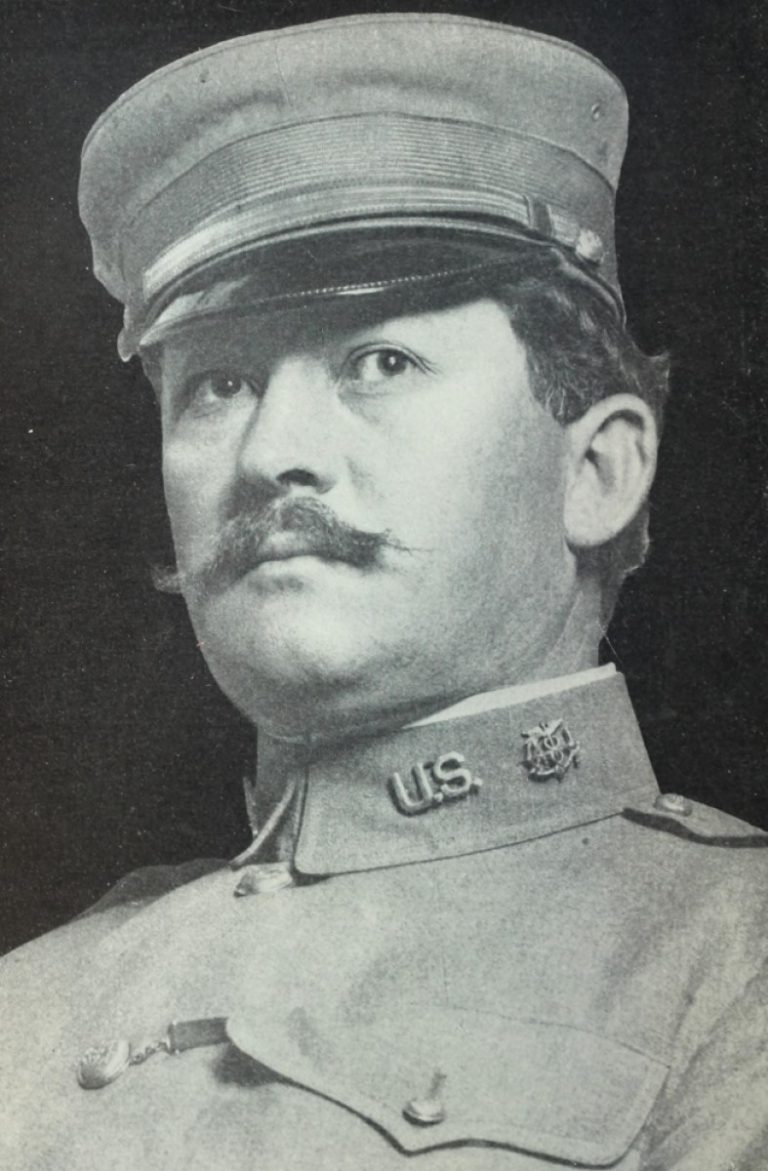
On Nov. 13, 1912, President William Howard Taft nominated Rupert Blue as U.S. Surgeon General after the unexpected…
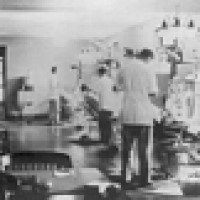
In 1912, the Marine Hospital Service became the Public Health Service and the names of the marine hospitals…
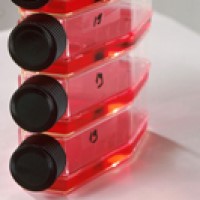
In 1912, cancer cells were grown in the laboratory, the first long-term “tissue culture.”
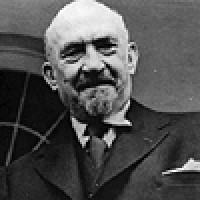
In 1912, American Chaim Weizman used microbes to make the chemicals butanol and acetone, in the first application…
In 1912, U.S. Congress enacted the Sherley Amendment in 1912 to overcome the 1910 ruling in U.S. v….

In 1912, the first aluminum prosthetic leg was introduced. English aviator Marcel Desoutter lost his leg in an…

In 1912, McGuire Hall opened as the new home of the University College of Medicine.

On Nov. 7, 1911, Marie Curie’s birthday (born 1867), she was awarded the Nobel Prize in Chemistry “in…

On Sept. 30, 1911, typhoid immunization became required of all U.S. service members. The U.S. Army became the…

On May 29, 1911, in U.S. v. Johnson, the Supreme Court ruled that the 1906 Pure Food and…